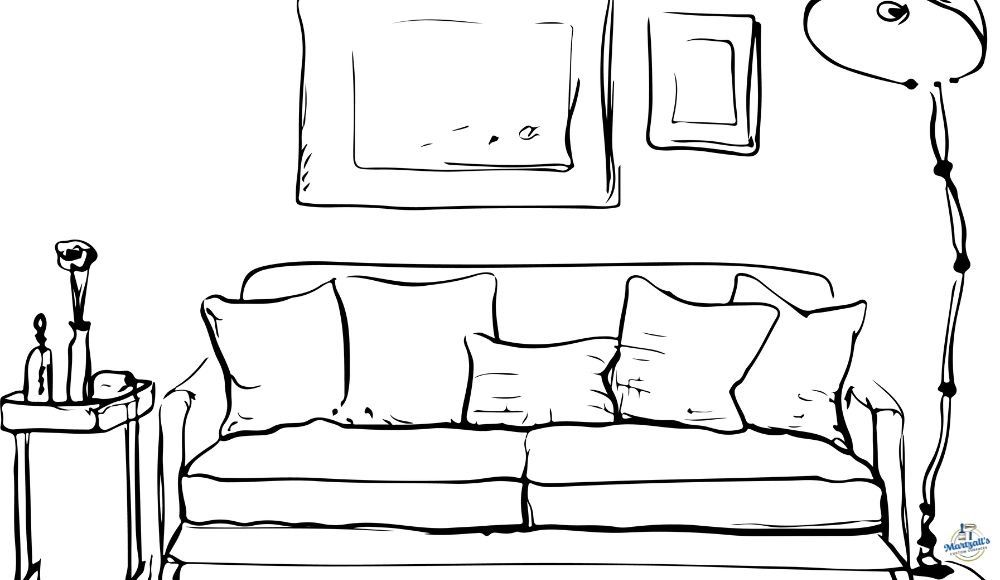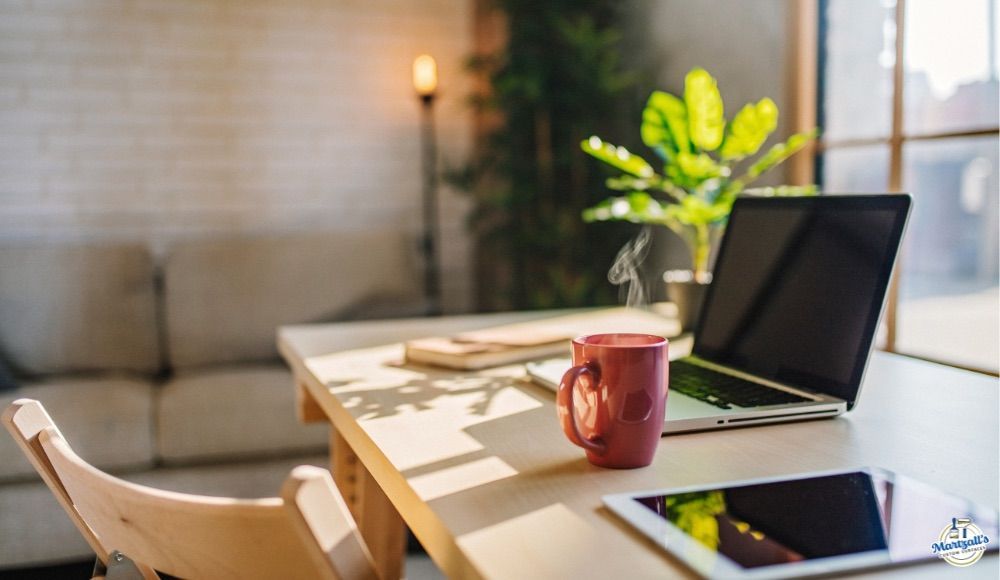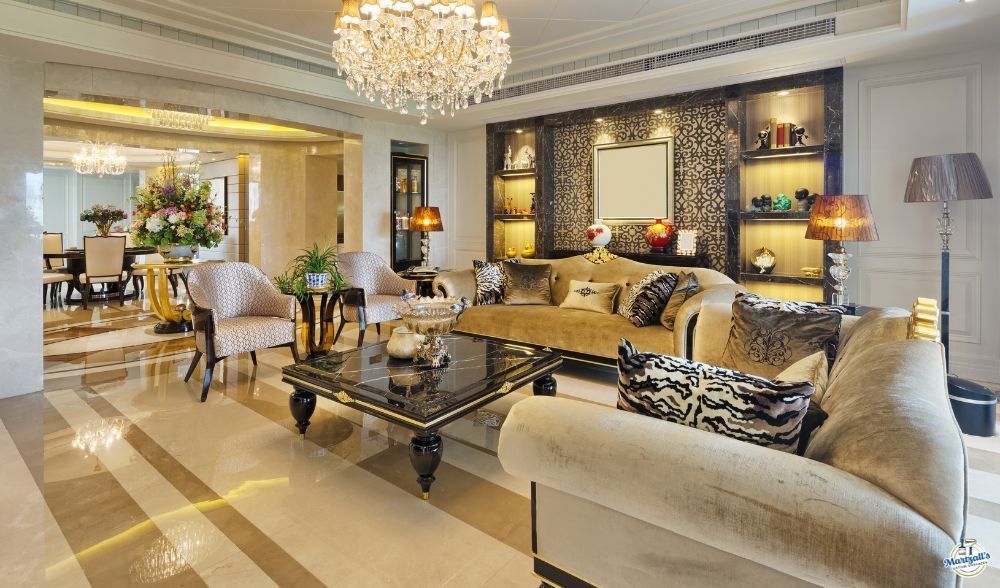The Ultimate Guide to Choosing the Perfect Paint Color for Your Home

Choosing a paint color for your house can be both thrilling and intimidating. There are countless shades and tones available, so it takes more than just looking at swatches to find the one that feels perfect. This guide will show you how interior paint color affects mood, how to coordinate it with your current décor, and how lighting can enhance its appearance on your walls.
Understanding Color Psychology and Its Impact on Mood
The color of paint has an impact on how you feel in a room. Since different hues can evoke different emotions, it's crucial to select tones that complement the mood you want to create.
- Greens and blues are soothing colors that look good in bathrooms or bedrooms. However, to promote activity and conversation, warm colors like red, orange, and yellow undertones work well in dining rooms and kitchens.
- Neutral colors, such as beige, grey, and soft whites, are often used in living rooms and hallways because they are versatile and create a sense of balance.
- Neutrals remain the most popular choice in today’s design.
Before committing, consider how you will utilize each room. If you're looking for a peaceful retreat, cool tones are an excellent choice. For lively spaces, consider warm or vibrant hues.
Tips for Matching Paint Colors with Your Existing Décor
If an attractive paint color is incompatible with your flooring, furniture, or other accent pieces, it may not look as good. Examine the dominant colors in your current décor carefully before deciding.
- Determine the undertones in your textiles and furniture first. For instance, the color of your wall should complement or match the blue, green, or purple undertones in a gray sofa.
- To find complementary colors or similar shades that go well together, use a color wheel.
- To see how they work in real life, try a few shades on the wall next to essential furniture pieces.
Paint should complement your existing design rather than overpower it.
How Lighting Affects Paint Color Appearance
Lighting can dramatically alter the appearance of paint colors throughout the day. What looks soft and subtle in the morning may turn harsh or dull under artificial lighting in the evening.
- Natural light will reveal paint in its most authentic form, but its intensity and direction (north, south, east, or west-facing) can alter how warm or cool a color appears.
- Artificial lighting also plays a role. Warm incandescent bulbs enhance reds and yellows, while cool LED lights may bring out blues and grays.
- We recommend testing paint samples in the room where they'll be used. Apply swatches to multiple walls and observe them at different times of day.
By accounting for lighting conditions, you'll avoid surprises after painting and ensure your chosen color performs as expected.
By understanding the psychology of color, harmonizing with your décor, and testing under real-world lighting conditions, you'll be well on your way to creating a home that feels just right.
Are You Ready to Upgrade Your Interior? Call Martzall’s Custom Surfaces!
We offer residential painting services for your walls, floors, ceilings, trim, fireplaces, and other surfaces! Why settle for a dated look when you can quickly revitalize them with Martzall's Custom Surfaces?
Contact us today for a free quote!
More painting tips from our blog ...






